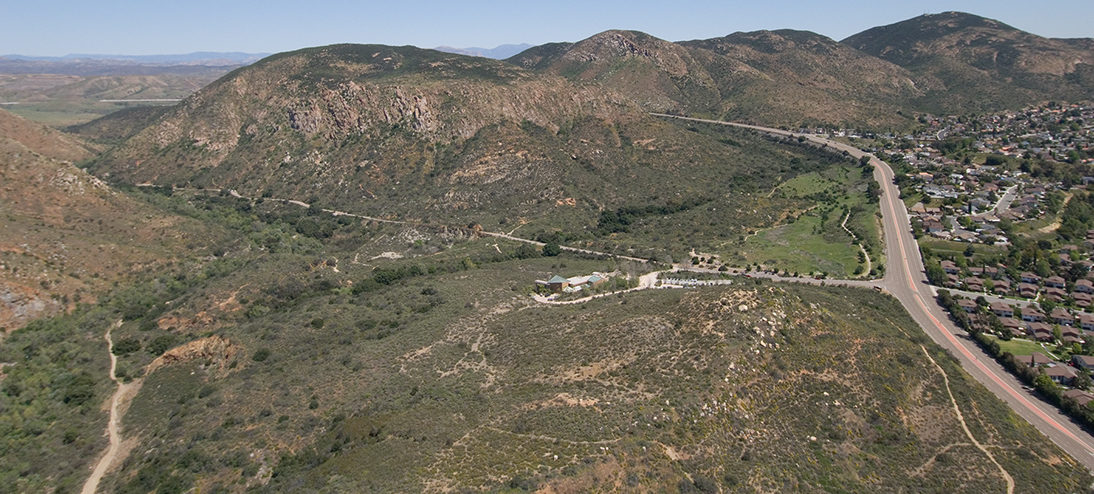At nearly 6,000 acres, Mission Trails Regional Park (MTRP) is one of the nation’s largest urban parks and is a tremendous asset to San Diegans due to its size, accessibility, scenic landform and habitats. The area’s history includes Native American habitation, Spanish mission period waterworks, World War II pre-deployment training of General George Patton’s Third Army, mineral extraction, water and power infrastructure development and, most recently, inclusion as a major component of San Diego’s notable Multiple Species Conservation Plan (MSCP).
MTRP has been evolving since it’s creation in1976, but not necessarily in a deliberate fashion. While a master plan was adopted in 1985 and there have been a variety of successful projects, the park has been hampered by the lack of an environmental process or inclusion within the Master Plan (MP) for any trail planning. Even though trails have been shown to be the asset most desired by San Diegans within their parks, MTRP management has been unable to undertake any meaningful trail development.
Many of the “trails” are actually pre-existing access utility roads. They are excessively wide and steep, easily erode and difficult to navigate on foot or by bike or horse. Even many of MTRP’s original planned trails were not sustainably designed and have become severely eroded. Not surprisingly, many users felt the trail experience was not as enjoyable as it could be.
In response to this and other issues, such as impending major expansion, the City of San Diego initiated an update for the MTRP MP. This update was an opportunity to define a vision for trail planning and design within MTRP for the next 25 years, as well as for habitat management, fire protection and resource preservation.
A Natural Resources Management Plan (NRMP) is a requirement of the MSCP and was developed concurrently with the MP update to help ensure that resource protection and management, both environmental and cultural, was fully assessed and integrated into the future development plans for MTRP.
The Programmatic Environmental Impact Report (EIR) was also updated as part of this effort to ensure California Environmental Quality Act (CEQA) compliance for all development and management activities planned within both the MP and NRMP. Due to the programmatic nature of the EIR, supplemental CEQA consistency analysis will be required for the majority of planned development and management activities.
The MTRP MP outreach process included a series of public workshops and a web-based survey to engage stakeholders and the interested public in the identification and refinement of future development options for MTRP. The first two workshops focused on the identification of objectives, issues and concerns, ideas for future development, a review of opportunities and constraints and the prioritization of development alternatives. The last focused on presenting the draft Master Plan update. Public participation and support has been outstanding, a reflection of how beloved this open space is for many San Diegans.
Back to top

 Mark Carpenter
Mark Carpenter